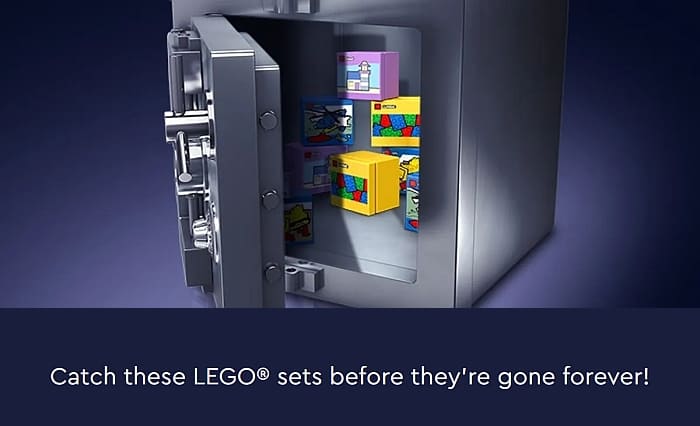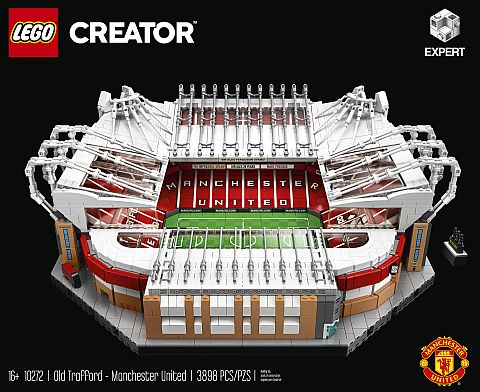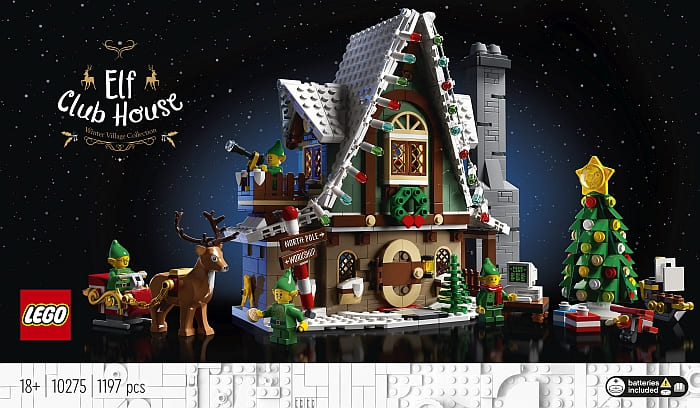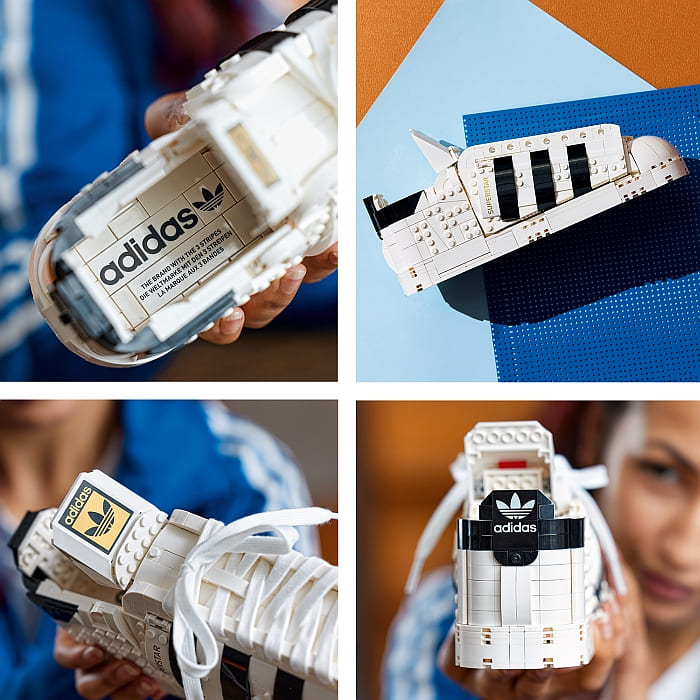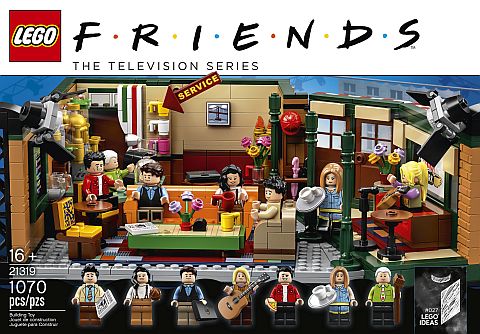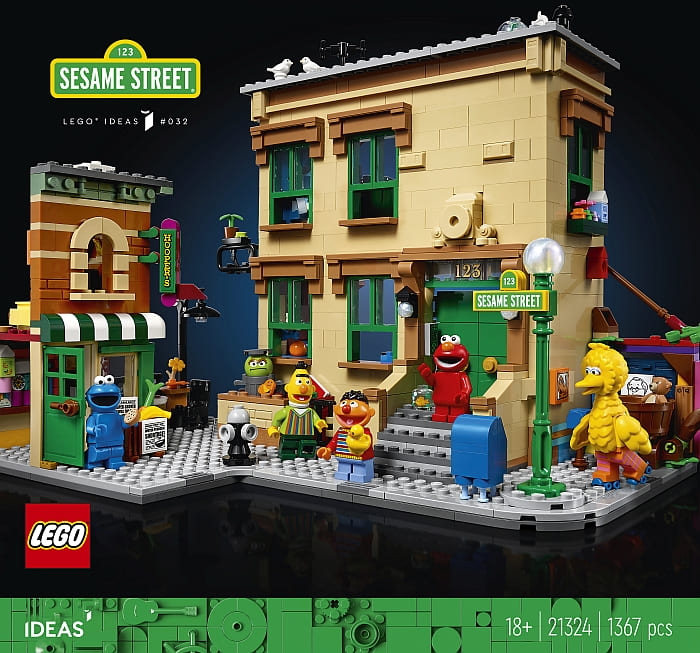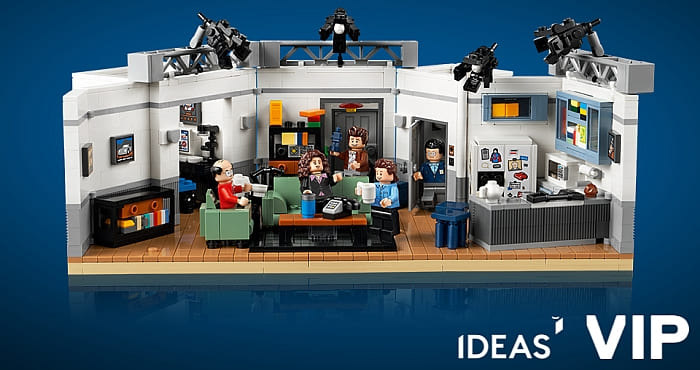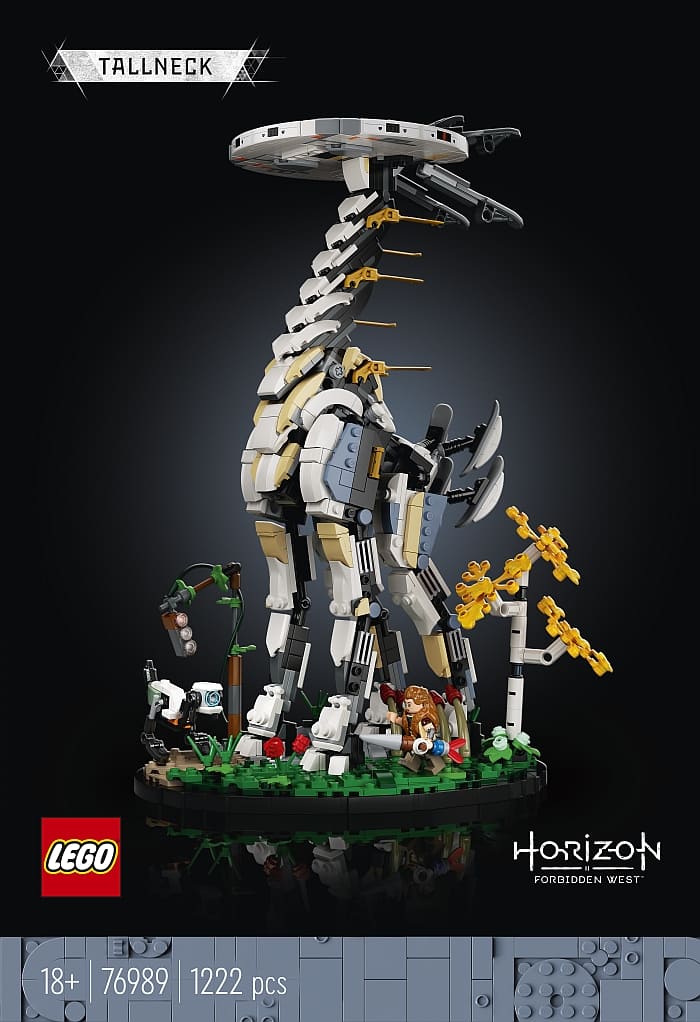(Written by William)
As I mentioned in some of my previous reviews, I’m a big fan of LEGO BrickHeadz sets. I find them to be an interesting building experience as they often show the potential of how to stretch basic building concepts.
However, when I got an early review copy of the #40554 LEGO BrickHeadz Jake Sully & His Avatar set arrived, I was a little worried. I wasn’t sure if I would have enough to say about the set as I wasn’t familiar with the source material. See, in 2009, when the Avatar film came out, I was moving homes and therefore missed a good chunk of pop culture that year. So, to prepare for this review, I decided to purchase and watch the movie to fully understand the character.
LEGO BRICKHEADZ JAKE SULLY
This is the first time we have a BrickHeadz in a wheelchair. In fact, the chair actually takes the place of the normal BrickHeadz stand. However, this is not the first time we build an object in a LEGO BrickHeadz set. The pod in the #75317 LEGO BrickHeadz The Mandalorian & The Child set is another example. However, the wheelchair is the first time such an object is built for a full-size BrickHeadz character.
All the wheels on the wheelchair can rotate, so it is functional. You may have to be careful not to display it on a slanted surface as it may roll away. I personally like the fact that LEGO designers used 2×2 and 4×4 round plates to make the wheels instead of creating a specialized wheel mold. These built wheels fit in with the LEGO BrickHeadz style perfectly. It’s also a nice feature that Jake can be removed from his wheelchair.
Jake himself is probably one of the plainest BrickHeadz I’ve built in quite some time. He has a basic black shirt and blue jeans. The only thing that makes him stand out in any way are his arms, which are built off of tilt-hinge bricks. This allows for his hands to be in the right position so they don’t get in the way of the large wheels of the chair.
I’m a little surprised LEGO designers didn’t make him have one of the exo-masks so he can survive Pandora’s air. Although Jake is simple to build, the wheelchair, which is a bit more involved, makes up for it. Besides, Jake in his human form spends most of his time in the link chamber in the movie, which might be another reason LEGO designers kept him pretty basic.
LEGO BRICKHEADZ JAKE SULLY’S AVATAR
Now we get to the more eye-catching of the two characters. Given the fact that it comes with the headband, this is Jake Sully’s avatar form near the end of the film. The printing on the chest, arms, and eyes are all nicely designed. Also notice the tail, which can move as well. Unfortunately, his braid cannot be repositioned to connect with nature.
A couple of features that make this BrickHeadz stand out have to do with its height. Standard BrickHeadz usually has a 2×4 plate to represent their pelvis and a 1×2 brick or stack of plates to make up their legs and feet. For this character, we do get a 2×2 plate for the middle of the pelvis, but the rest of the hips, legs and feet are two 1×2 bricks stacked together. This gives the character a two-plate height difference compared to other BrickHeadz.
Because of the elongated torso and legs, the arms will have to be elongated as well. To achieve this, LEGO designers built the arms on 2×3 plates instead of the standard 2×2 plates. Throw in a very long spear, which only accentuates how tall this BrickHeadz feels.
LEGO BRICKHEADZ AVATAR – FINAL THOUGHTS
I can’t recall building any LEGO BrickHeadz set that had multiple versions of the same character in the same set. Given the vast difference between Jake’s human form and his Na’vi counterpart, this is an interesting choice. One big feature of the natives on Pandora is how tall they are. This makes sense given the planet’s low gravity. So, having a character that is built more elevated than normal and pairing it with one that is sitting makes this feature really stand out.
I know that LEGO BrickHeadz doesn’t appeal to everyone. Plus, trying to collect them all can be rather expensive. But this is one set that has gone beyond the regular draw of just the source material and offers something different than most BrickHeadz sets.
Additionally, with more BrickHeadz rumored for 2023, this set makes me wonder what other surprises LEGO has in order to expand the line. Seeing the wheelchair makes me think BrickHeadz vehicles might be a thing in the future, but time will tell.
Honestly, if you’re not a fan of LEGO BrickHeadz or the Avatar movie, this set won’t change your mind. But for those who appreciate BrickHeadz, the wheelchair is definitely something to study. I can also see fans of the film taking inspiration from this set and making a BrickHeadz Colonel in a mech suit for Jake to go up against. Overall, this is a solid entry in the LEGO BrickHeadz line. The set will be available starting October 1st at the LEGO BrickHeadz section of the Online LEGO Shop.
What do you think? How do you like the LEGO BrickHeadz Avatar set? And how do you like the building techniques we discussed here? Do you collect LEGO BrickHeadz characters? And do you build your own BrickHeadz characters? Feel free to share and discuss in the comment section below!
And you might also like to check out the following related posts:


